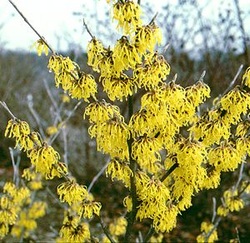
The witch hazel hybrids are large deciduous shrubs that grow from 12'-20’ tall and flower in mid to late winter. ‘Arnold Promise’ is an upright, vase-shaped cultivar with sweetly fragrant yellow flowers that blooms slightly later than the other cultivars, usually around this time from February to March. In the fall the leaves turn yellow-orange to yellow and are attractive but not spectacular. It was introduced by the Arnold Arboretum in Boston and was a Royal Horticutural Society of Great Britain Award of Garden Merit plant (1993).
I also have ‘Jelena’ which is meant to be one of the most beautiful witchhazels that supposedly flowers in the dead of winter, though in my garden she usually flowers the same time as Arnold's Promise. The description of the blooms sold me - "curled, strappy petals emerge from a burgundy calyx cup and are red at the base, orange in the middle, and yellowish at the very tip, giving the flowers the appearance of dancing flames. Incredibly, these blossoms remain effective for a month or even more!" Unfortunately I find the blossoms meld into the background and are obscured by last year's ragged foliage which obscures the display. Dirr claims unlike many of the other witchhazels, 'Jelena' drops her spent leaves prior to blooming, so maybe I was sold the wrong cultivar. I clipped off many of the dead leaves yesterday so I could see the blossoms. ‘Jelena’ does have a beautiful growth habit, unlike many of the other cultivars and is an elegantly broad-spreading shrub with graceful branches that grows slowly to a maximum size of 20′ high and wide.
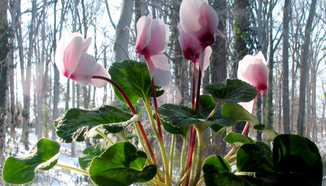
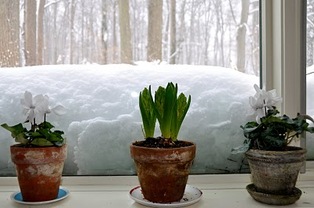
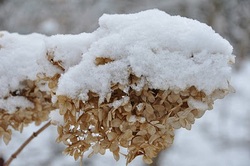
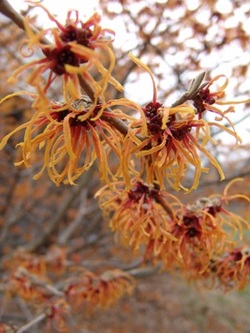
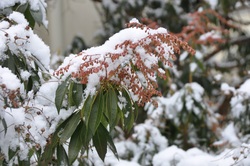
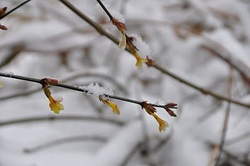
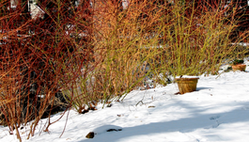
 RSS Feed
RSS Feed
